Home>Garden Essentials>How Do You Spread Grass Seed
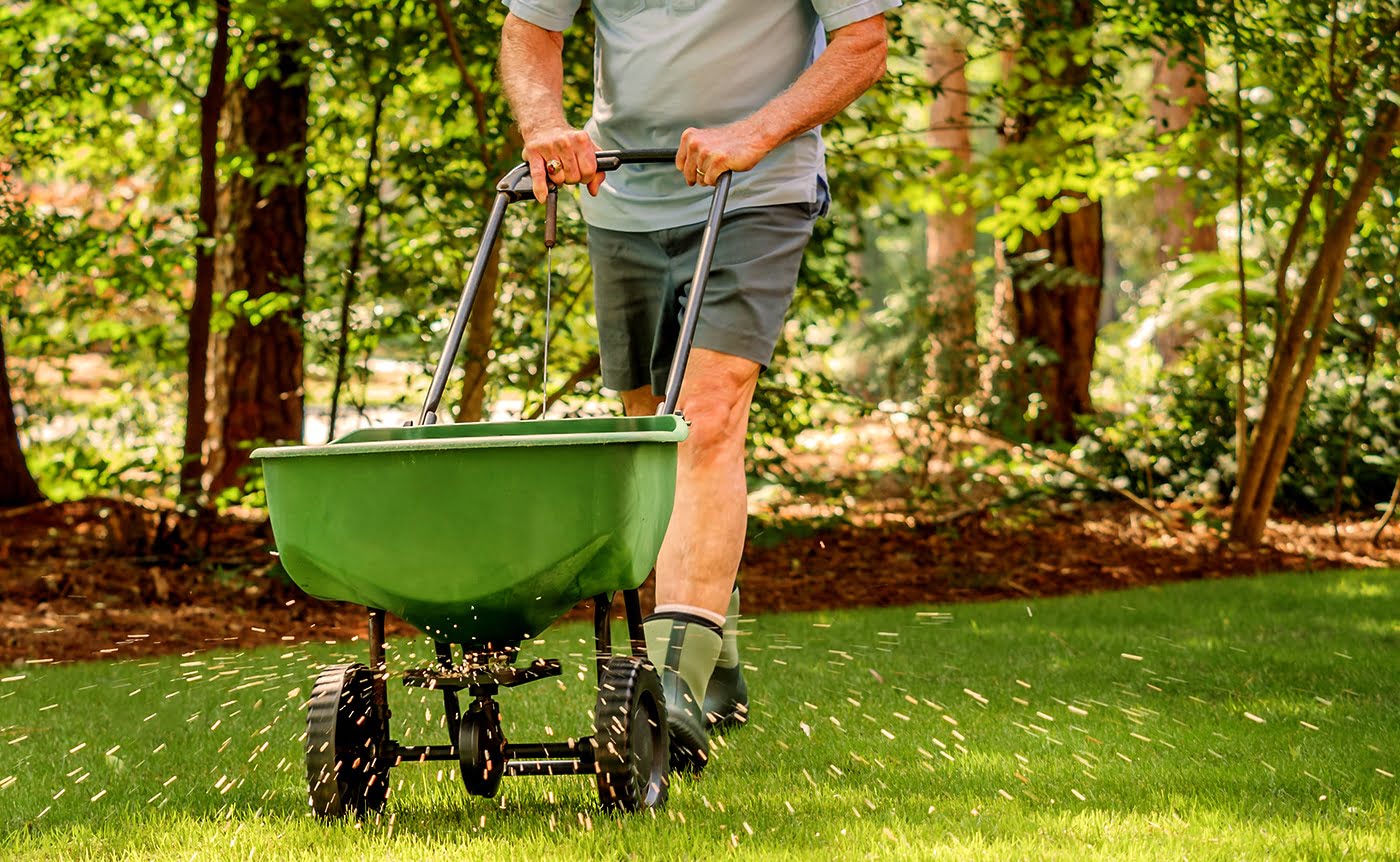

Garden Essentials
How Do You Spread Grass Seed
Modified: October 20, 2024
Learn how to spread grass seed in your garden and achieve a lush, green lawn with our comprehensive guide. Expert tips and step-by-step instructions for successful seed spreading.
(Many of the links in this article redirect to a specific reviewed product. Your purchase of these products through affiliate links helps to generate commission for Storables.com, at no extra cost. Learn more)
Introduction
Welcome to the world of gardening! If you’ve recently decided to embark on the journey of having a beautiful and lush lawn, you’re in the right place. One of the essential steps in achieving a vibrant and healthy lawn is spreading grass seed. Whether you’re starting from scratch and creating a brand new lawn or looking to fill in bare patches, spreading grass seed is a crucial process in yard maintenance.
When done correctly, spreading grass seed can help improve the overall appearance and health of your lawn. It’s a cost-effective and environmentally friendly way to establish new grass or rejuvenate your existing lawn. However, it’s important to understand the process, preparation, and care required for successful grass seed spreading.
In this article, we’ll guide you through the importance of spreading grass seed, how to prepare the soil, choose the right grass seed, calculate the correct amount, spread it evenly, and provide essential tips to ensure your newly seeded grass thrives. So, let’s get started on transforming your lawn into an envy-inducing, green oasis!
Key Takeaways:
- Spreading grass seed fills in bare spots, promotes grass growth, and improves soil quality, creating a lush and resilient lawn.
- Proper soil preparation, choosing the right grass seed, and even distribution are key to successfully establishing and maintaining newly seeded grass.
Read more: How Do Dandelions Spread Their Seeds
Importance of Spreading Grass Seed
Spreading grass seed is a fundamental step in maintaining a healthy and vibrant lawn. It offers numerous benefits that go beyond just improving the aesthetic appeal of your yard. Let’s take a closer look at the importance of spreading grass seed:
- Fill in Bare and Patchy Areas: Over time, lawns can develop bare spots or areas with thin, patchy grass. These unsightly areas can be caused by factors such as heavy foot traffic, pet damage, or disease. Spreading grass seed allows you to fill in these areas, promoting a uniform and attractive lawn.
- Promote Grass Growth: Grass seed contains dormant grass embryos that, when provided with the right conditions, can germinate and grow into healthy plants. By spreading grass seed, you create an opportunity for new grass blades to emerge, resulting in a fuller and more luscious lawn.
- Enhance Lawn Resilience: A thick and healthy lawn is better equipped to withstand external stressors such as heat, drought, and weed infestations. By regularly spreading grass seed, you are fortifying your lawn’s resilience, making it less susceptible to damage and maintaining its overall health.
- Improved Soil Quality: Grass roots help improve soil quality by aerating the soil, allowing for better water and nutrient absorption. By spreading grass seed, you encourage the growth of new grass roots, which will contribute to the overall improvement of your soil quality over time.
- Environmental Benefits: Grass plays a significant role in offsetting carbon emissions, trapping dust particles, and reducing soil erosion. By promoting grass growth through the spreading of grass seed, you are fostering a more eco-friendly environment and contributing to the overall ecological balance of your surroundings.
Understanding the importance of spreading grass seed helps you recognize the value it brings to the health and appearance of your lawn. Now that we’ve covered why it’s essential, let’s move on to the process of spreading grass seed effectively.
Understanding the Seed Spreading Process
The seed spreading process involves strategically distributing grass seed over your lawn to ensure even coverage and optimal germination. By understanding this process, you can maximize the chances of success in establishing a thick and healthy lawn. Let’s dive into the key aspects of the seed spreading process:
Timing: Timing is crucial when it comes to spreading grass seed. The ideal time to spread seed depends on the type of grass you’re growing. Cool-season grasses, such as fescue and Kentucky bluegrass, are best seeded in the late summer or early fall when the soil is warm, and the weather is cooler. Warm-season grasses, like Bermuda grass and zoysia grass, should be seeded in late spring or early summer.
Preparation: Before spreading seed, it’s important to prepare the soil properly. Start by removing any debris, rocks, or weeds from the area. Loosen the topsoil using a rake or garden fork to create a soft and crumbly texture. This allows the grass seed to make good contact with the soil and facilitates germination.
Seed Selection: Choosing the right grass seed is crucial for a successful lawn. Consider factors such as climate, soil type, and sun exposure when selecting grass seed. Different grass species have different characteristics, such as drought tolerance or shade tolerance. Research the options available and consult with a local gardening expert or nursery to determine the best grass seed variety for your specific conditions.
Seed Quantity: Calculating the correct amount of grass seed is essential to achieve proper coverage. The recommended seeding rate varies depending on the grass species and its purpose. Consult the seed package or seek advice to determine the appropriate quantity. Generally, for new lawns, a seeding rate of 2-3 pounds per 1,000 square feet is recommended, while overseeding existing lawns may require a smaller quantity.
Even Distribution: Spreading the seed evenly ensures consistent germination and prevents patchy areas. There are various methods available for seed distribution, including using a rotary spreader, hand broadcaster, or manually spreading by hand. Whichever method you choose, be diligent in your application to avoid over or under-seeding certain areas.
Watering and Maintenance: After spreading the seed, it’s crucial to keep the soil consistently moist until the grass seed germinates. Water the newly seeded area lightly, once or twice daily for a few weeks or until you see the grass seedlings sprouting. As the grass grows, transition to deeper and less frequent watering. Avoid walking or mowing the newly seeded lawn until the grass has reached a height of at least 2-3 inches.
Understanding the seed spreading process sets the foundation for a successful lawn. Now that you’re equipped with this knowledge, let’s move on to preparing the soil for grass seed.
Preparing the Soil for Grass Seed
Proper soil preparation is essential for the successful establishment of grass seed. The condition of the soil has a significant impact on seed germination, root development, and overall lawn health. Follow these steps to prepare your soil before spreading grass seed:
1. Clear the area: Start by removing any debris, rocks, or existing vegetation from the area where you plan to seed. This allows for a clean and level surface for the new grass seed to take root.
2. Test the soil: Testing the soil pH and nutrient levels is beneficial for determining any deficiencies or imbalances. You can purchase a soil testing kit or consult a local extension office for professional soil testing services. The results will guide you in determining whether any amendments are required.
3. Amend the soil: Based on the soil test results, you may need to amend the soil to create optimal growing conditions for the grass seed. Common amendments include adding organic matter, such as compost or peat moss, to improve soil structure, drainage, and fertility. Additionally, correcting pH imbalances by adding lime or sulfur can help create a more neutral soil environment.
4. Loosen the soil: Soil compaction can inhibit seed germination and root development. Use a rake or garden fork to gently loosen the topsoil to a depth of about 4-6 inches. This helps break up compacted soil and allows the grass seed to penetrate and establish a strong root system.
5. Smooth and level the surface: After loosening the soil, smooth out any uneven areas and level the surface with a rake. This ensures an even distribution of grass seed and facilitates uniform growth.
6. Remove weeds: Take the time to remove any existing weeds or grass before spreading the seed. This prevents competition for nutrients and sunlight, allowing the grass seed to flourish without interference.
7. Address drainage issues: Ensure that your soil has proper drainage to prevent waterlogging. If the soil is heavy or prone to standing water, consider improving drainage by incorporating organic matter or installing drainage systems to prevent excess water accumulation.
8. Final soil preparation: Before spreading the grass seed, lightly rake the soil surface to create a fine, crumbly texture. This provides an ideal seedbed for the grass seed to make contact with the soil and aids in germination.
By investing time and effort in preparing your soil, you’re creating optimal conditions for the grass seed to thrive. Now that the soil is prepped, it’s time to choose the right grass seed for your lawn.
Choosing the Right Grass Seed
Choosing the right grass seed is crucial for establishing a healthy and resilient lawn that thrives in your specific growing conditions. Factors such as climate, soil type, shade tolerance, and maintenance preferences should be considered when selecting the appropriate grass seed. Here are some important considerations to keep in mind:
Climate: Different grass species have varying temperature and climate requirements. Cool-season grasses, such as Kentucky bluegrass, fescue, and ryegrass, thrive in regions with colder winters and moderate summers. Warm-season grasses, such as Bermuda grass, zoysia grass, and St. Augustine grass, are better suited for areas with hot summers and mild winters.
Soil Type: The soil composition in your area plays a significant role in determining the type of grass seed to choose. Some grass species, such as Bahiagrass or Zoysia, are more tolerant of sandy or clay soils, while others, like Fine Fescue or Bentgrass, prefer well-draining loamy soils. Consider the soil texture, pH levels, and fertility to find grass seed that will thrive in your specific soil type.
Sunlight Exposure: The amount of sunlight your lawn receives is another important consideration. Some grass species, like Bermuda grass and Buffalo grass, thrive in full sun conditions and have excellent drought tolerance. Others, such as Fine Fescue or Shade-tolerant varieties, are better suited for areas with partial or full shade.
Maintenance Level: Different grass species have varying maintenance requirements. Some grasses, like Kentucky bluegrass and Bermuda grass, have higher maintenance needs, requiring regular mowing, fertilizing, and irrigation. If you prefer a low-maintenance lawn, consider options such as Fine Fescue or Zoysia grass, which are more drought-tolerant and require less upkeep.
Local Recommendations: Consulting with local experts, such as nursery professionals or extension offices, can provide valuable insight into the best grass seed varieties for your specific region. They have knowledge of the local climate, soil conditions, and common lawn issues, making them an excellent resource for tailored recommendations.
Seed Quality: It’s essential to choose high-quality grass seed to ensure successful germination and establishment. Look for certified seed that meets industry standards for purity, germination rates, and weed content. Investing in quality seed may result in a healthier and more resilient lawn in the long run.
By considering these factors and conducting proper research, you can select the right grass seed that will thrive in your specific lawn conditions. Next, let’s move on to calculating the correct amount of grass seed for your lawn.
Spread grass seed evenly by using a broadcast spreader or by hand. Water the area lightly after spreading the seed to help it settle into the soil. Keep the area moist to encourage germination.
Calculating the Correct Amount of Grass Seed
Calculating the right amount of grass seed is crucial to ensure proper coverage and successful establishment of your lawn. Applying an insufficient amount of seed may result in patchy areas, while over-seeding can lead to overcrowding and competition among the grass seedlings. Here’s a step-by-step guide to help you determine the correct quantity of grass seed:
1. Determine the square footage: Measure the area of your lawn that requires seeding. If you have a regular-shaped lawn, you can measure the length and width and multiply the two measurements. If the area is irregular, break it down into smaller sections and calculate each section separately.
2. Consider the recommended seeding rate: Different grass species have varying seeding rates, usually measured in pounds per 1,000 square feet. The recommended seeding rate can be found on the packaging of the grass seed or obtained from a local gardening expert. For example, if the recommended seeding rate is 3 pounds per 1,000 square feet and your lawn is 5,000 square feet, you would need 15 pounds of grass seed.
3. Account for any overseeding: If you are overseeding an existing lawn to fill in thin areas, you may need less grass seed than for establishing a new lawn. In general, overseeding requires about half the amount of seed compared to establishing new grass. Adjust the calculation accordingly based on whether you are overseeding or starting from scratch.
4. Adjust for grass seed purity and viability: It’s important to account for any impurities or lower germination rates in the grass seed you have chosen. Most grass seed packages provide information on the purity of the seed, which indicates the percentage of pure seed versus inert matter or weed seeds. Adjust the calculation by accounting for the purity percentage to ensure you are applying enough viable grass seed.
5. Use a seed calculator: If you prefer a more precise calculation, you can utilize online seed calculators or mobile apps specifically designed to help you determine the correct amount of grass seed based on your lawn’s dimensions and the desired seeding rate.
Remember that these calculations provide a general guideline, but it’s always better to slightly overestimate the amount of grass seed rather than end up with insufficient coverage. Distribute the seed evenly and make adjustments as needed based on the condition of your lawn and the specific grass species you are using.
Now that you know how to calculate the correct amount of grass seed, let’s move on to the next step: spreading the grass seed evenly across your lawn.
Spreading Grass Seed Evenly
Spreading grass seed evenly across your lawn is essential for achieving consistent germination and a uniform growth pattern. Proper seed distribution ensures that all areas receive adequate coverage, preventing patchy or thin spots. Follow these steps to spread grass seed evenly:
1. Choose the right spreader: There are several methods available for spreading grass seed, including handheld spreaders, rotary spreaders, and drop spreaders. Select a spreader that suits the size of your lawn and provides even distribution of the seed. Make sure the spreader is clean and in good working condition before use.
2. Divide your lawn into sections: To ensure even coverage, divide your lawn into smaller sections. This allows you to focus on one area at a time, ensuring that no section is missed or over-seeded. Create imaginary lines or use physical markers to establish the boundaries of each section.
3. Fill the spreader with the correct amount of seed: Carefully measure out the appropriate amount of grass seed based on your calculations or the recommendations on the seed package. Fill the spreader’s hopper with the seed, ensuring it is evenly distributed and not clumped together.
4. Walk in a planned pattern: Begin at one end of a section and walk in a straight line, slowly moving across the lawn. While walking, activate the spreader according to the manufacturer’s instructions. Walk at a steady pace to maintain a consistent rate of seed distribution.
5. Overlap slightly: To ensure complete coverage, overlap the seed distribution path slightly with each pass. This helps compensate for any gaps or inconsistencies in the spreading pattern and ensures that no areas are missed or under-seeded.
6. Watch for wind conditions: Be mindful of wind conditions when spreading grass seed. Windy conditions can cause the seed to drift away, resulting in uneven distribution. Try to spread seed on calm days or during periods when the wind is minimal. If necessary, consider using a temporary windbreak to prevent seed drift.
7. Adjust spreading settings: Throughout the process, periodically check the spreader’s settings to ensure consistent seed distribution. Adjust the spreader settings if needed to achieve the desired coverage rate and prevent over or under-seeding.
8. Repeat the process for each section: Move to the next section of your lawn and repeat the process, ensuring that the seed is spread evenly throughout the entire area. Pay attention to areas that may be harder to reach, such as corners or narrow strips along sidewalks or driveways.
9. Water the newly seeded area: After spreading the seed, water the area lightly to ensure the seed makes good contact with the soil. Use a gentle spray or misting nozzle to prevent seed displacement. Keep the soil consistently moist until the grass seed germinates, following the watering recommendations for your specific grass species.
Spreading grass seed evenly is a vital step in establishing a healthy and uniform lawn. By following these guidelines, you can ensure that each section of your lawn receives the proper amount of seed for successful germination. Now, let’s move on to essential tips for maintaining and caring for your newly seeded grass.
Maintaining and Caring for Newly Seeded Grass
After spreading grass seed, proper maintenance and care are crucial to ensure the successful establishment and growth of your new lawn. Here are essential tips to help you maintain and care for newly seeded grass:
1. Watering: Watering is critical for seed germination and the development of healthy grass seedlings. Keep the newly seeded area consistently moist, watering lightly once or twice a day for the first few weeks or until you see the grass seedlings sprouting. As the grass grows, transition to deeper and less frequent watering, encouraging deeper root growth.
2. Avoid overwatering: While proper watering is essential, overwatering can lead to shallow root growth and disease issues. Avoid excessive watering that may cause waterlogging or create puddles on the lawn. Monitor the soil moisture level and adjust your watering accordingly to maintain a balance between moist soil and proper drainage.
3. Mowing: Wait until the grass reaches a height of at least 2-3 inches before mowing for the first time. Set your mower blades to the highest setting and remove only about 1/3 of the grass height with each mowing. Be gentle and avoid aggressive mowing, especially in the early stages of growth, to prevent damaging the delicate grass seedlings.
4. Weed control: Weeds can compete with the grass seedlings for nutrients and sunlight, hindering their growth and development. Use caution when applying herbicides to avoid harming the newly seeded grass. Consult with a professional or follow the instructions on herbicide labels to select the appropriate products and application timing for weed control.
5. Prevent foot traffic: Minimize foot traffic on the newly seeded lawn until the grass has established a strong root system. Avoid walking or playing on the grass until it reaches a height of at least 2-3 inches. This provides the grass seedlings ample time to grow and firmly anchor into the soil, reducing the risk of damage.
6. Fertilization: Newly seeded grass may not require immediate fertilizer application. It’s generally recommended to wait until the grass has been mowed two to three times before applying a starter fertilizer. Starter fertilizers provide essential nutrients that promote root development and overall growth of the new grass.
7. Avoid excessive use of herbicides and pesticides: While it’s important to control weeds and pests, avoid the excessive use of herbicides and pesticides on newly seeded grass. These chemicals can be harsh and may harm or inhibit the growth of the young grass seedlings. Use targeted spot treatments as needed and consider organic or natural alternatives when possible.
8. Regular maintenance: Once the newly seeded grass has established and grown well, transition to regular lawn maintenance practices such as mowing, watering, fertilizing, and weed control. Follow a proper lawn care schedule that suits the specific grass species and local conditions to maintain the health and beauty of your lawn.
By following these maintenance tips, you can ensure the successful establishment and growth of your newly seeded grass. Patience and consistent care will reward you with a beautiful and thriving lawn. Now that you’re equipped with the knowledge to care for your new grass, let’s wrap up our journey to achieving a lush and vibrant lawn.
Conclusion
Congratulations! You’ve now learned the importance of spreading grass seed, how to prepare the soil, choose the right grass seed, calculate the correct amount, spread it evenly, and maintain your newly seeded grass. By implementing these steps and following the proper care and maintenance guidelines, you’ll be well on your way to enjoying a lush, vibrant, and healthy lawn.
Remember, spreading grass seed is a crucial process in establishing or rejuvenating your lawn. It helps fill in bare spots, promotes grass growth, enhances resilience, improves soil quality, and contributes to a more eco-friendly environment. Taking the time to properly prepare the soil, choose the right grass seed, and ensure even distribution will greatly increase your chances of success.
Throughout the process, be patient and consistent. Lawn establishment takes time, and it’s essential to provide proper care, including adequate watering, mowing, and weed control. Avoid overwatering, excessive foot traffic, and the use of harsh chemicals that may harm the newly seeded grass. With the right maintenance practices, your lawn will gradually transform into a beautiful and inviting space.
Don’t forget to consult local experts, such as gardening professionals or extension offices, for personalized advice based on your specific region and grass type. They can offer valuable insights and recommendations tailored to your local climate, soil conditions, and lawn goals.
So, grab your spreader, choose the right grass seed, and start transforming your lawn into a breathtaking landscape. Whether you’re a seasoned gardener or a beginner, spreading grass seed is a gratifying and rewarding process that allows you to create a lush and vibrant outdoor space for years to come.
Enjoy the journey of nurturing and watching your newly seeded grass grow. Your hard work and dedication will pay off when you see a healthy, green carpet of grass that brings joy and beauty to your home. Happy seeding!
Frequently Asked Questions about How Do You Spread Grass Seed
Was this page helpful?
At Storables.com, we guarantee accurate and reliable information. Our content, validated by Expert Board Contributors, is crafted following stringent Editorial Policies. We're committed to providing you with well-researched, expert-backed insights for all your informational needs.
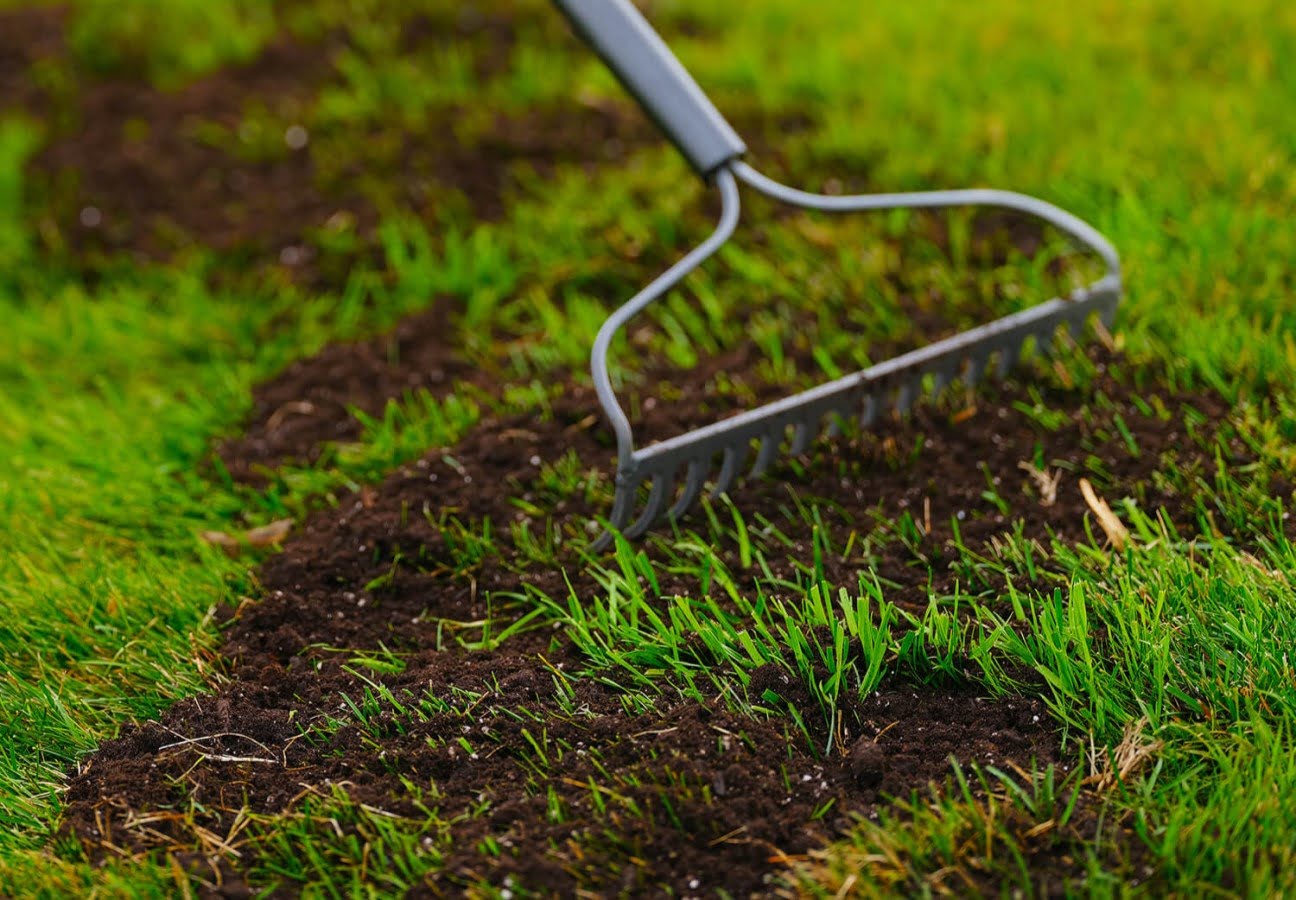

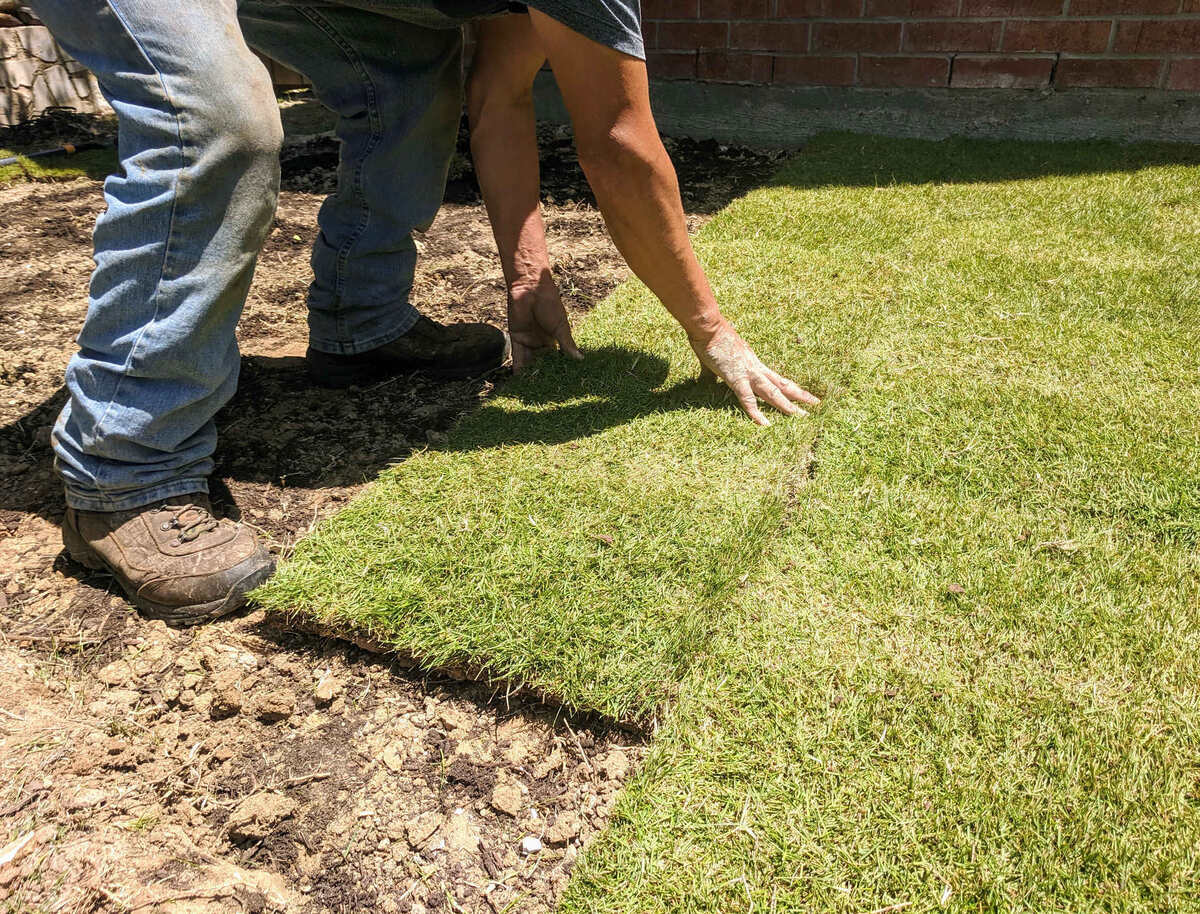

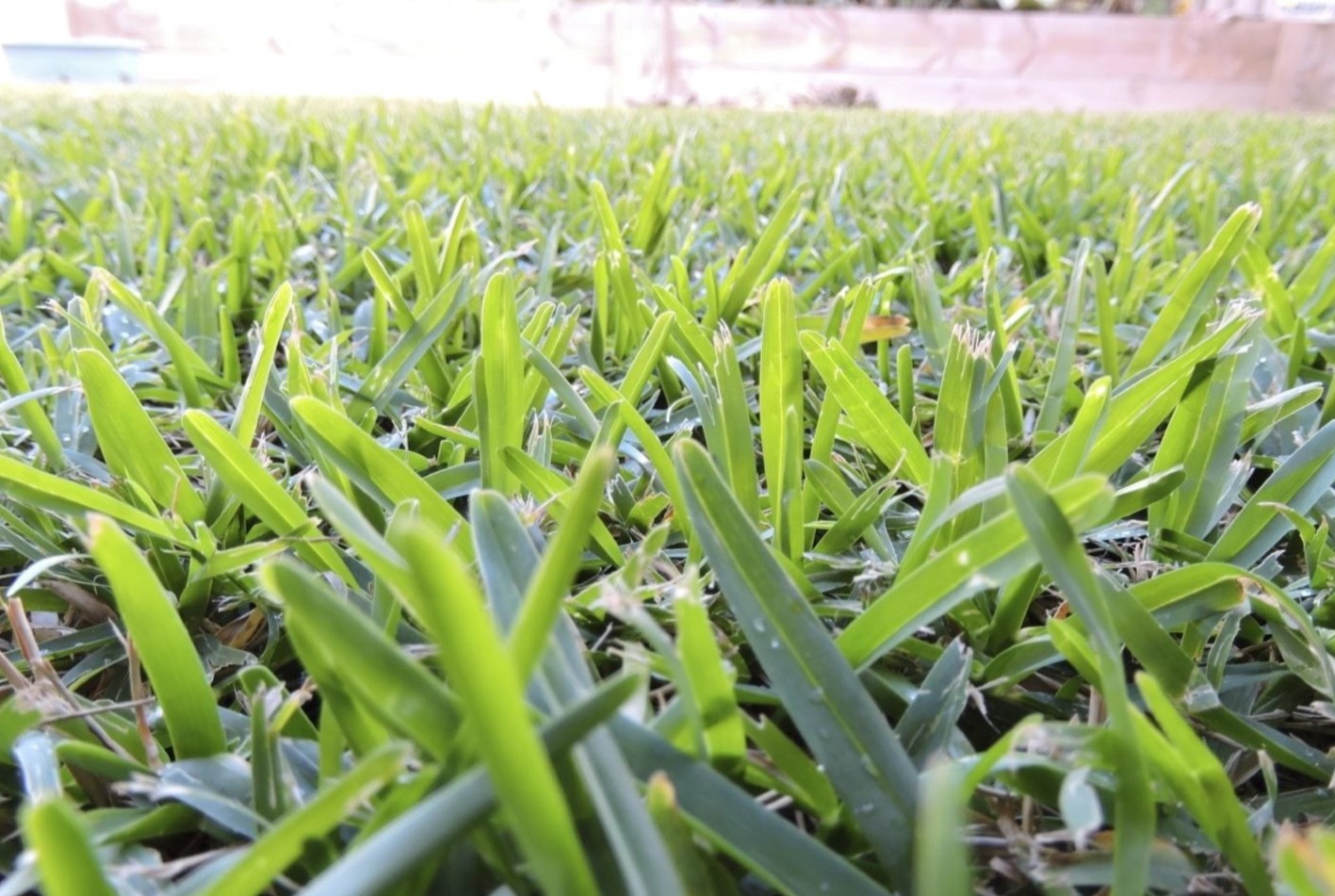
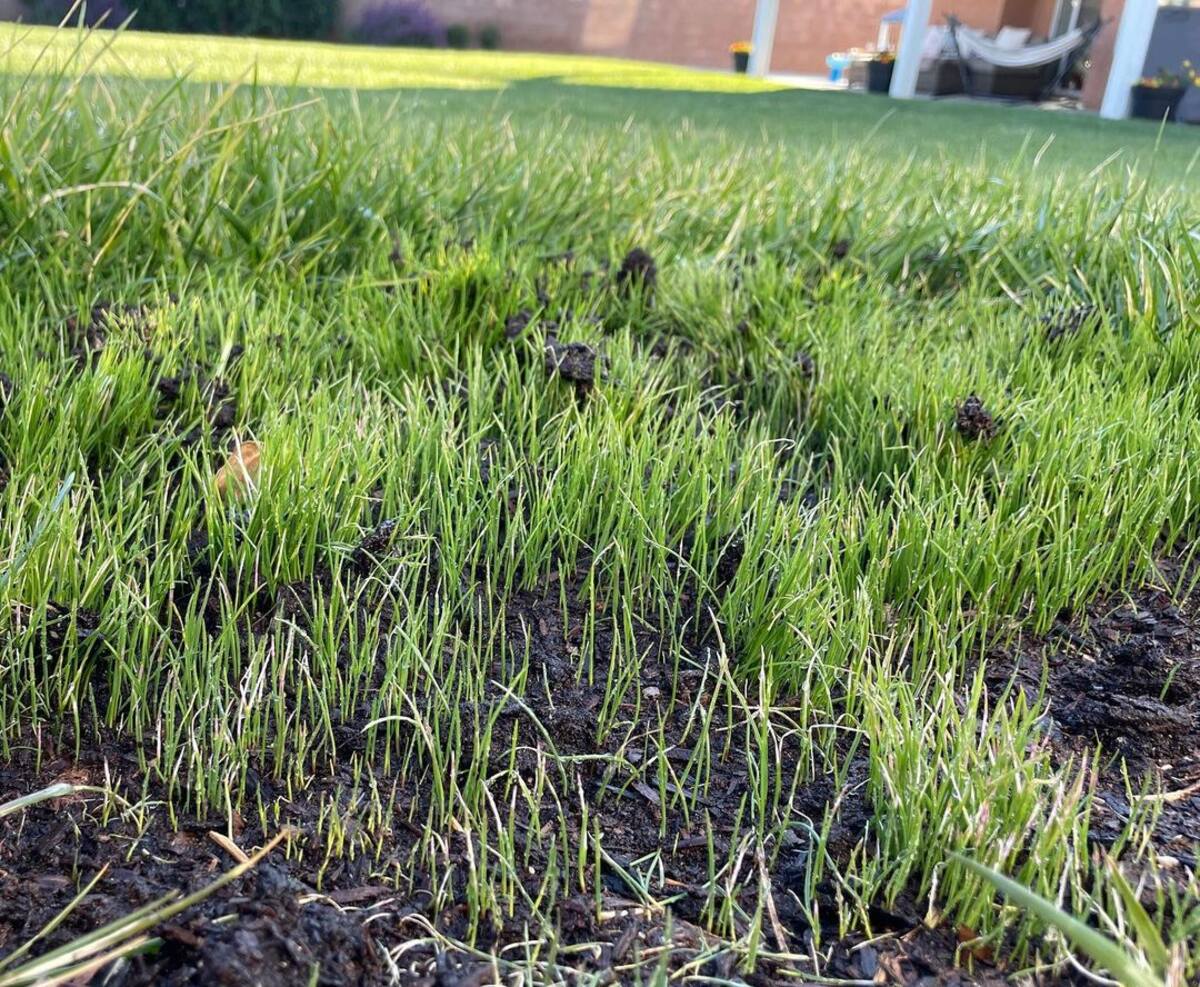
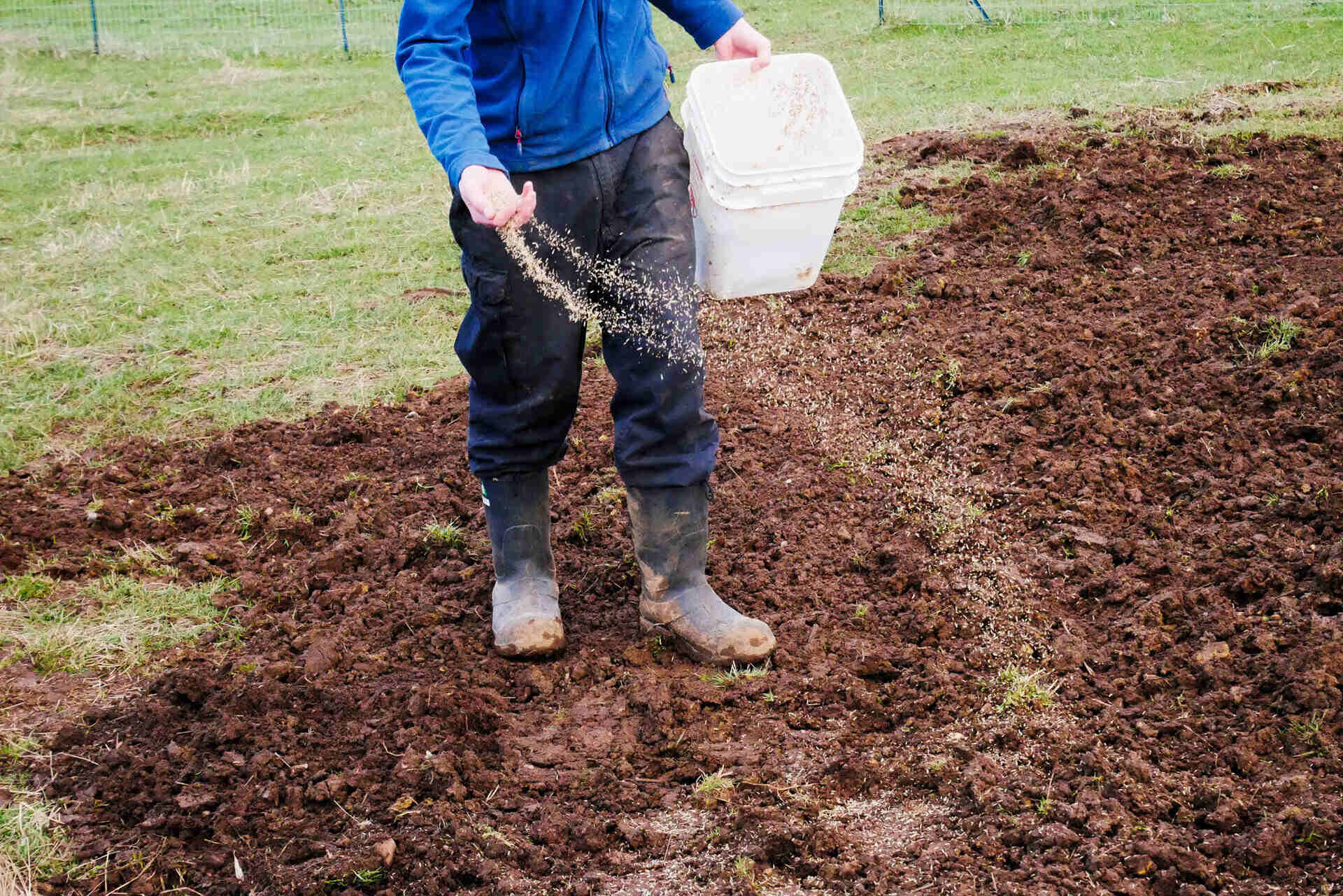

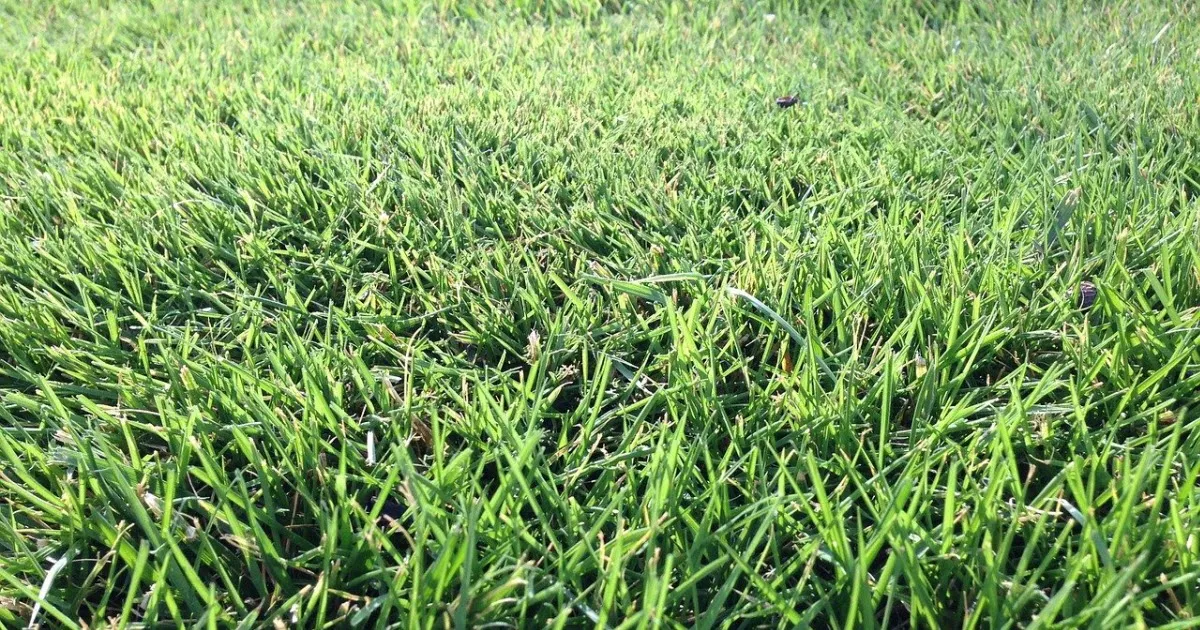

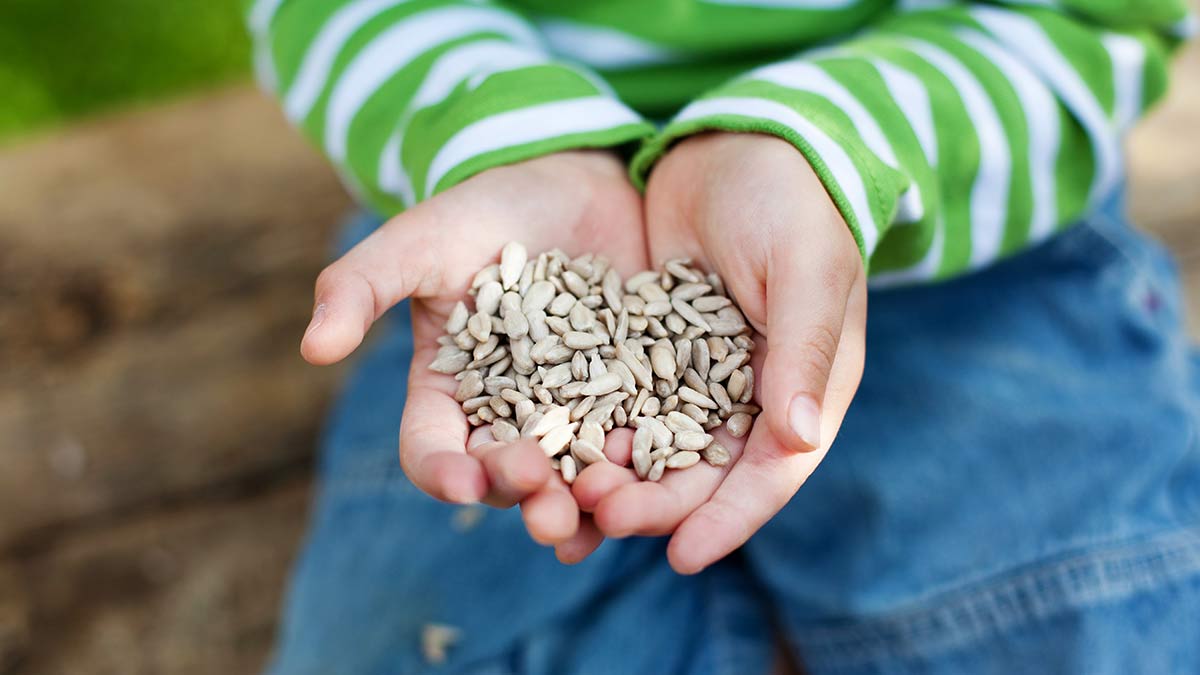
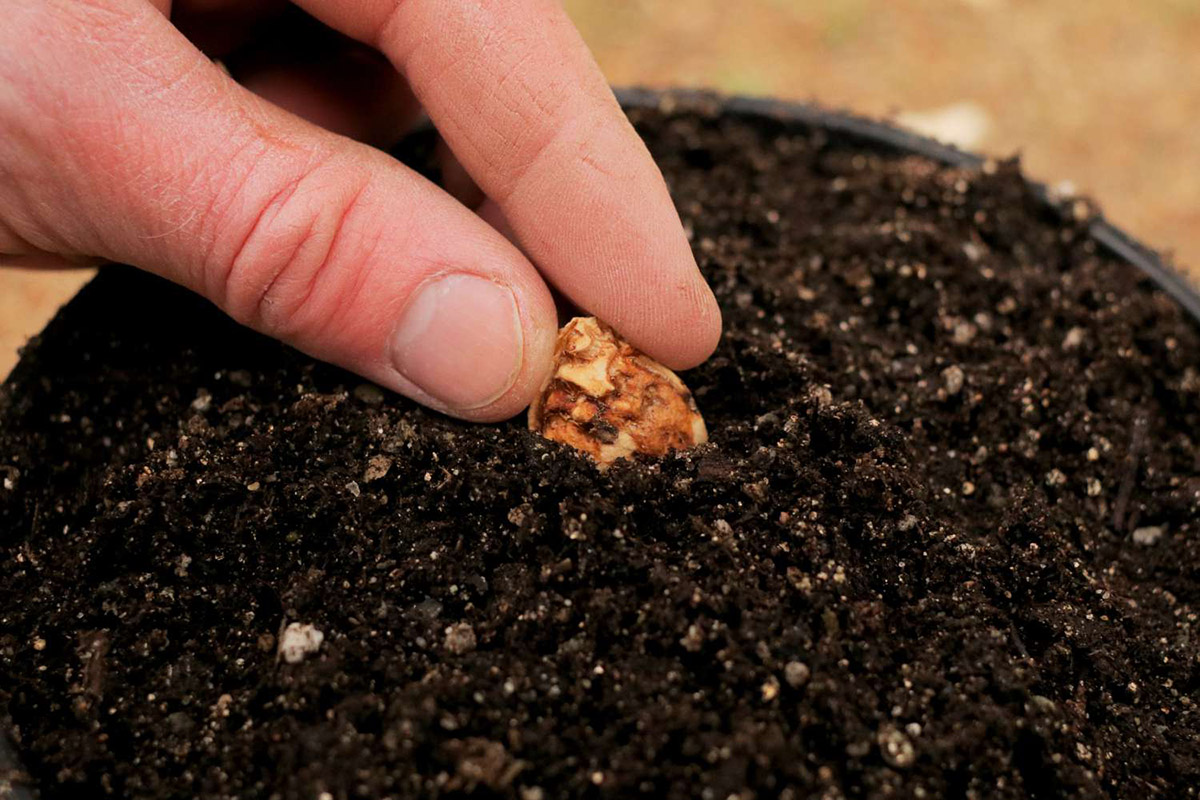



0 thoughts on “How Do You Spread Grass Seed”